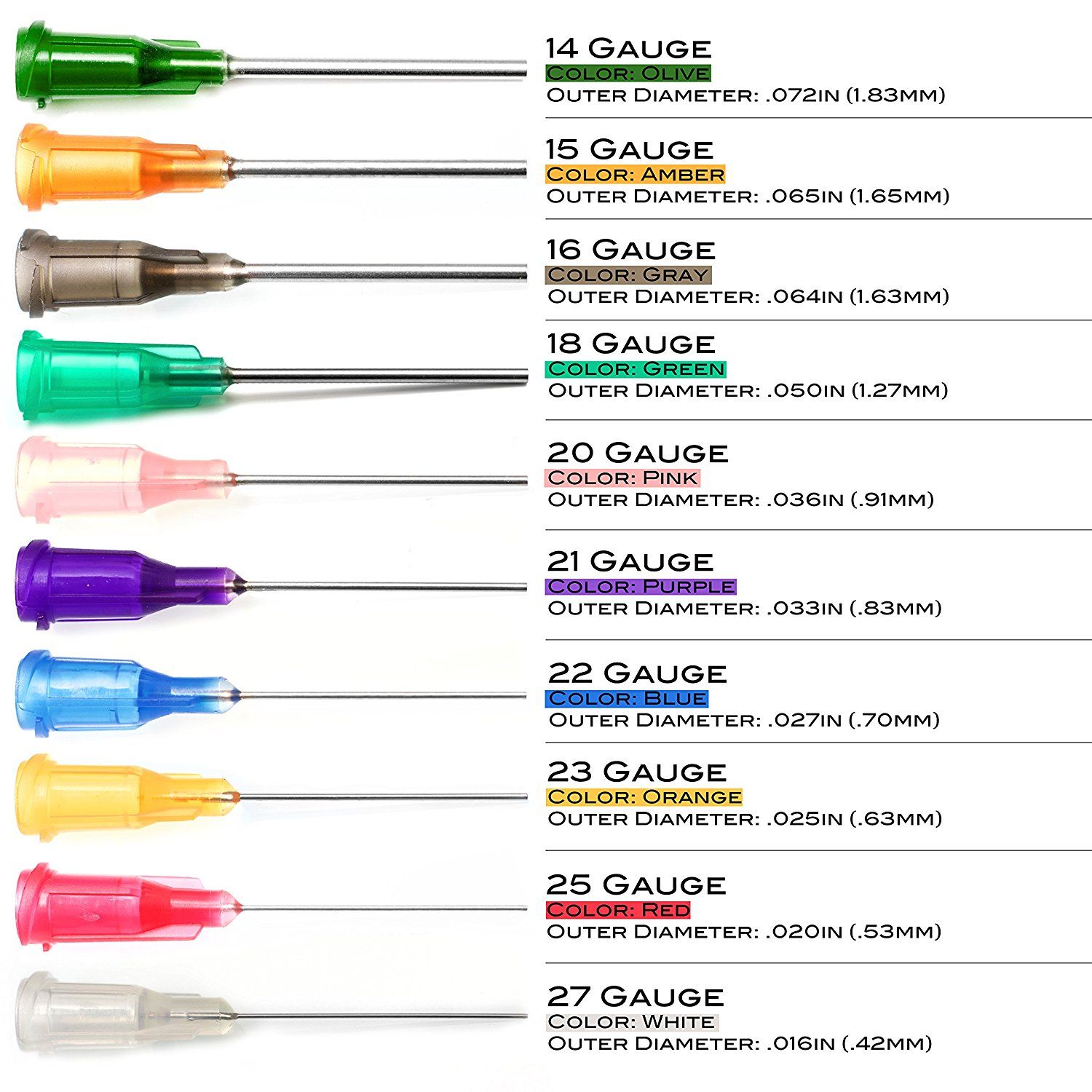
Source: Wikipedia
Solar Cell Measurements: Understanding IV Curves
When analyzing the performance of solar cells, current-voltage (IV) measurements play a crucial role. These measurements are often enhanced by additional IV measurements to account for the impact of illumination. The principle of superposition states that the IV curve under illumination is simply the IV curve in the dark shifted by the light-generated current.
It is important to note that solar cells are not ideal, and various non-idealities exist. By comparing IV measurements under different conditions, valuable insights into the solar cell parameters can be obtained. For instance, analyzing the dark IV curve can provide information about the cell’s shunt resistance. Contrasting the Suns-Voc with the light IV curve can offer a good estimate of the cell’s series resistance.
Understanding Solar Cell Parameters
One of the key parameters that can be determined through these measurements is the shunt resistance of the solar cell. The shunt resistance represents the undesired leakage current path in the solar cell, which can significantly impact its efficiency.
Additionally, the series resistance of a solar cell is another crucial parameter that affects its performance. The series resistance is associated with the internal resistance of the solar cell and can lead to power losses within the device.
Significance of IV Curve Analysis
By conducting comprehensive IV curve analysis, researchers and manufacturers can gain valuable insights into the behavior and characteristics of solar cells. This information is essential for optimizing the design and performance of solar energy systems.
Overall, IV measurements, when supplemented with additional analyses, provide a comprehensive understanding of solar cell parameters and performance, enabling continuous improvements in solar cell technology.

Source: Stepwards
Feel free to comment your thoughts.
